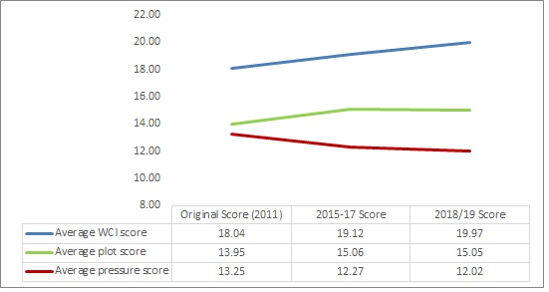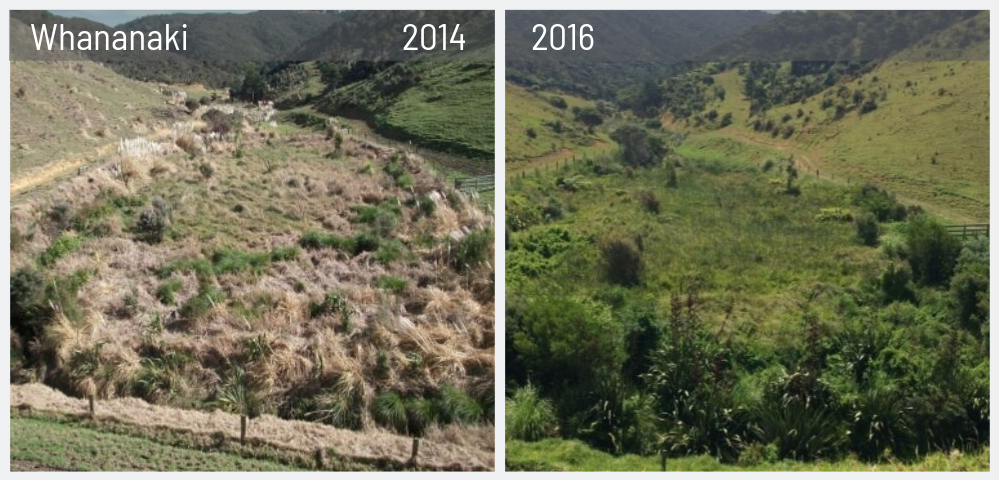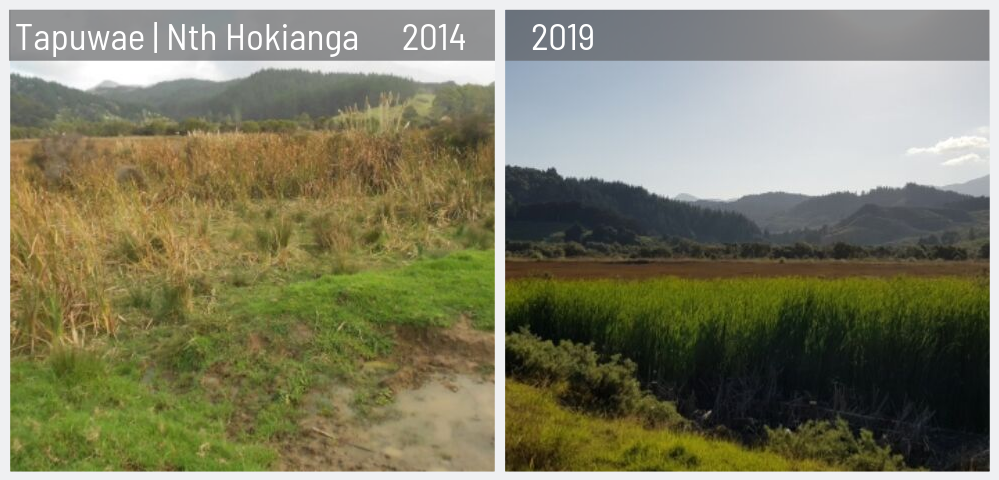Fencing wetlands
Fencing wetlands makes a real difference to wetland health, as shown by our latest round of monitoring.
Monitoring wetland health after fencing
Healthy wetlands improve water quality by filtering run-off, store water, help prevent flooding, provide habitat and fight climate change.
Using a national monitoring system, we monitor the health of 28 wetlands fenced with help from our Environment Fund, tracking changes in wetland condition over time.
We have done three cycles of monitoring since 2011, with the latest cycle happening over summer 2018/19. We monitored a range of wetlands from highly degraded to those in good condition, as well as different types of wetland. Landowners/iwi are invited to help with monitoring.
How are the wetlands monitored?
To monitor the wetlands, we used the national Wetland Condition Index (WCI) methodology, which tracks changes in condition of a wetland over time.
Wetlands are monitored across five indicators – hydrology, soils, ecosystem intactness and dominance of native plants and animals. The five indicators add up to an overall Wetland Condition Index (WCI) score out of 25. The surveyed plot, within the wetland is also given a score (plot score), as are the threats on the wetland (pressure score).
Fencing helps improve wetland condition
The results show that fencing wetlands makes a real difference.
The graph below shows the Wetland Condition Index (WCI) scores over the three cycles of monitoring. Most degraded wetland scores have improved and most healthy wetlands have remained stable.
Overall wetland improvement is indicated by improving ‘WCI’ and ‘Plot’ scores and the decreasing ‘Pressure’ score.

Results and recommendations are given to the landowners. Many landowners are following our recommendations and doing pest control.
Before and after


